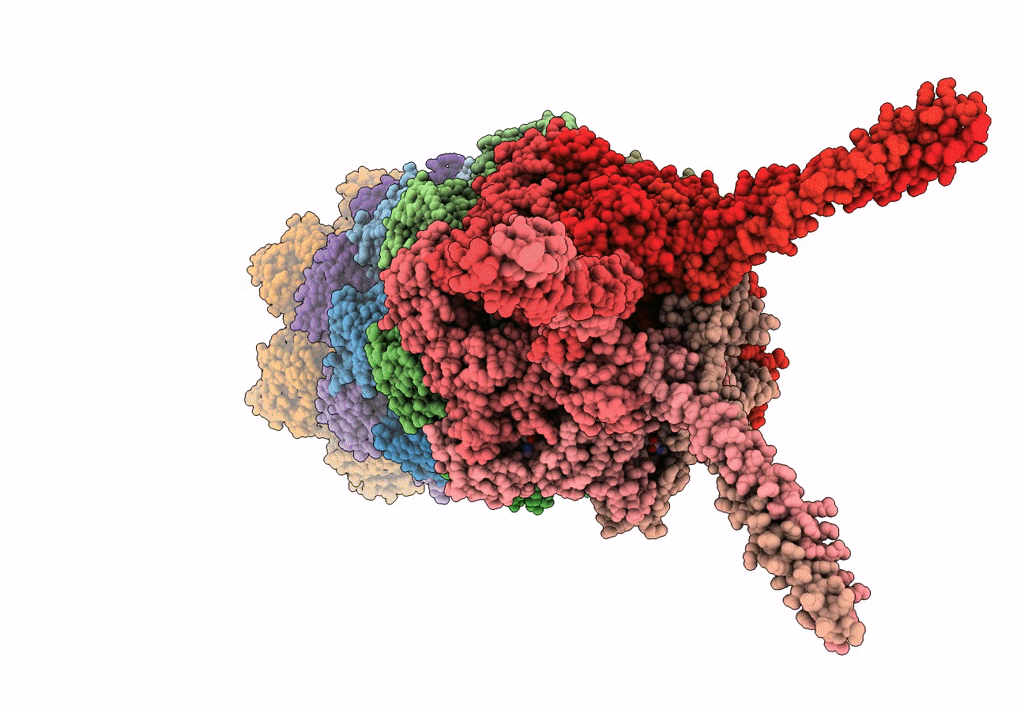
Deposition Date
2018-08-20
Release Date
2018-12-26
Last Version Date
2024-05-15
Entry Detail
Biological Source:
Source Organism:
Archaeoglobus fulgidus DSM 4304 (Taxon ID: 224325)
Host Organism:
Method Details:
Experimental Method:
Resolution:
6.95 Å
Aggregation State:
PARTICLE
Reconstruction Method:
SINGLE PARTICLE


